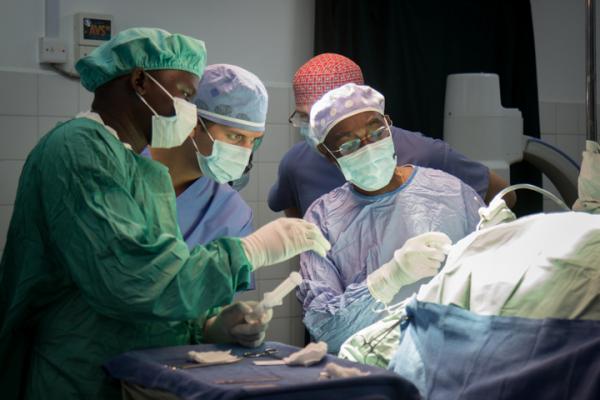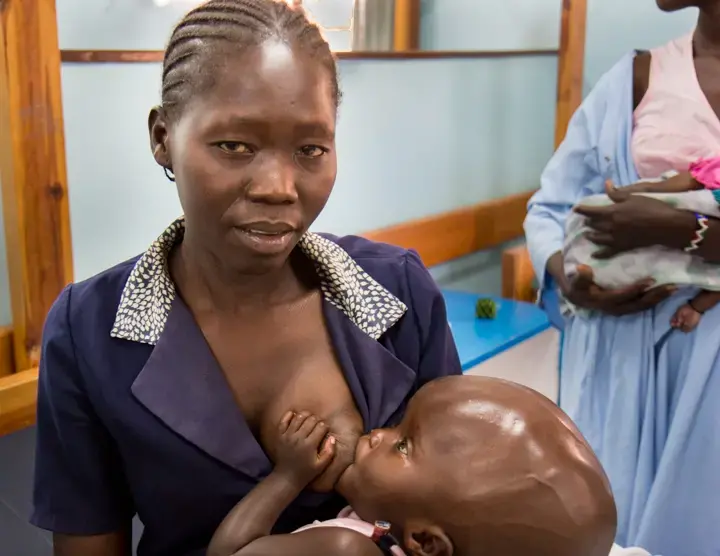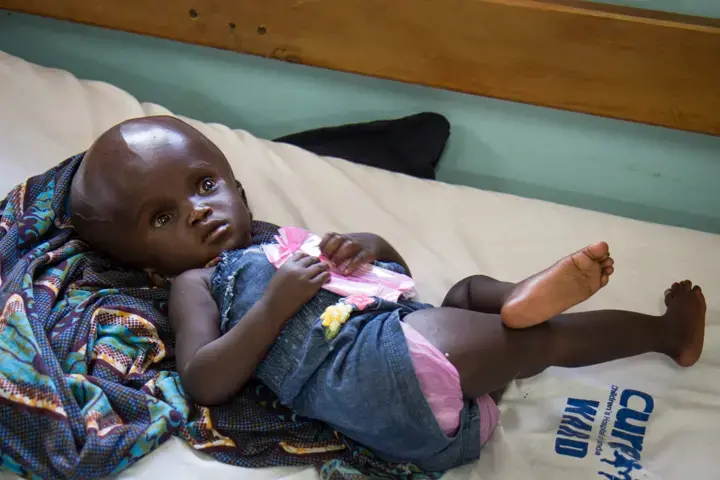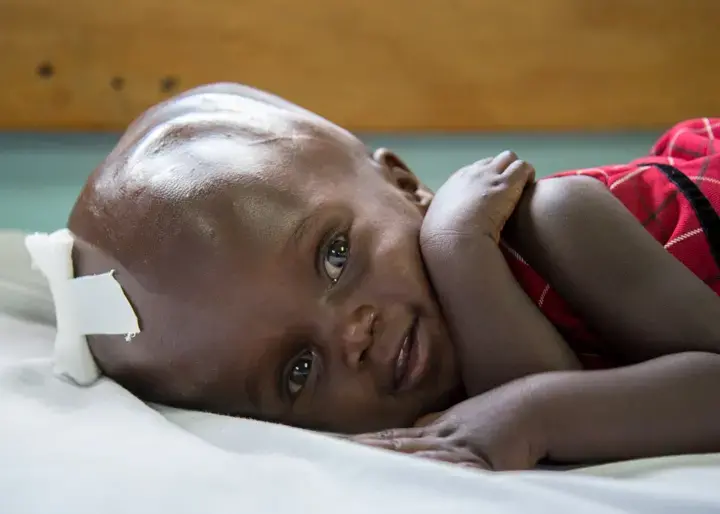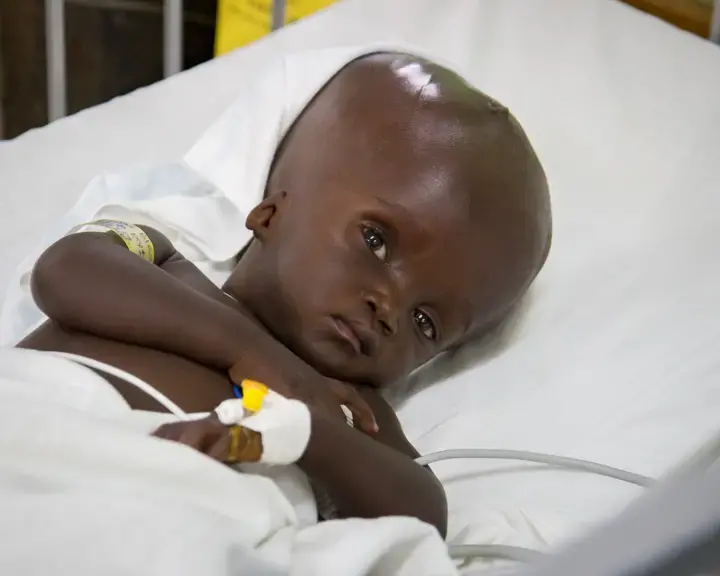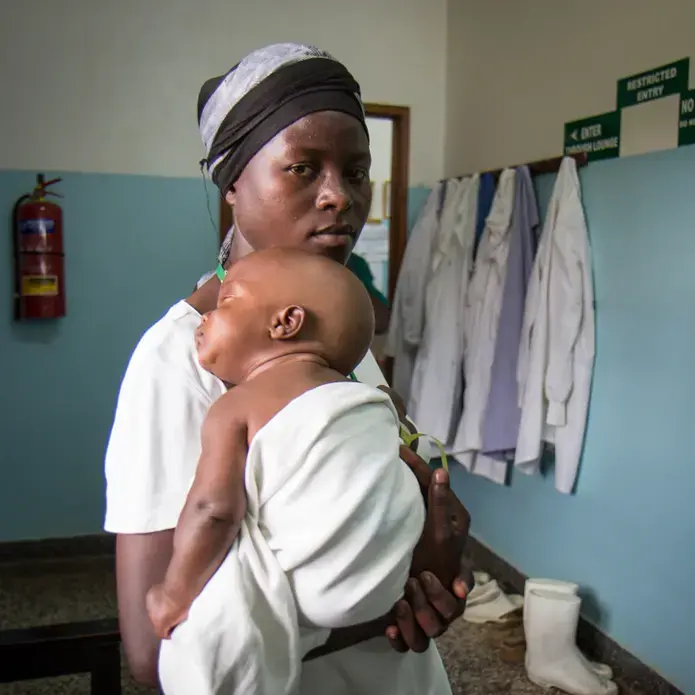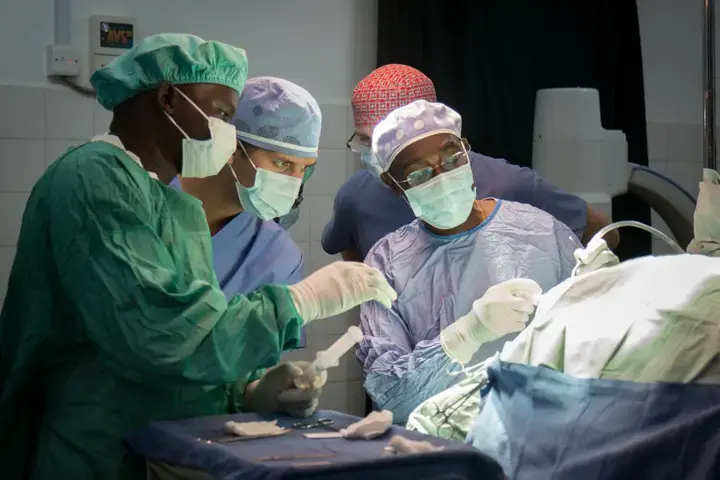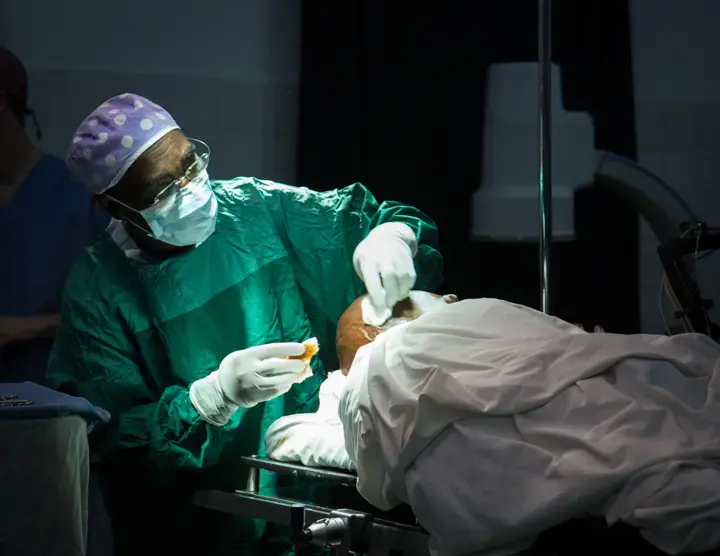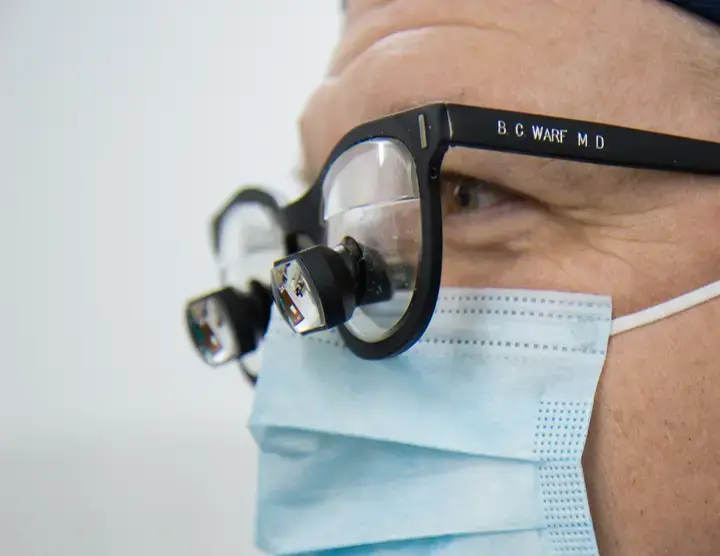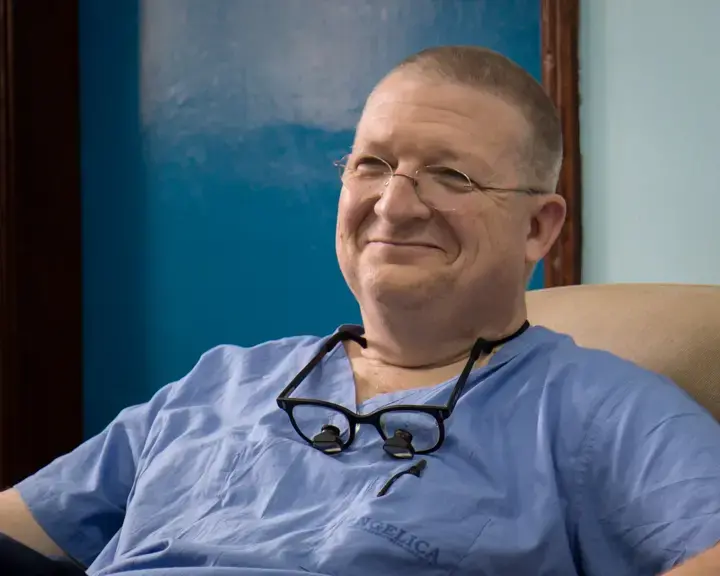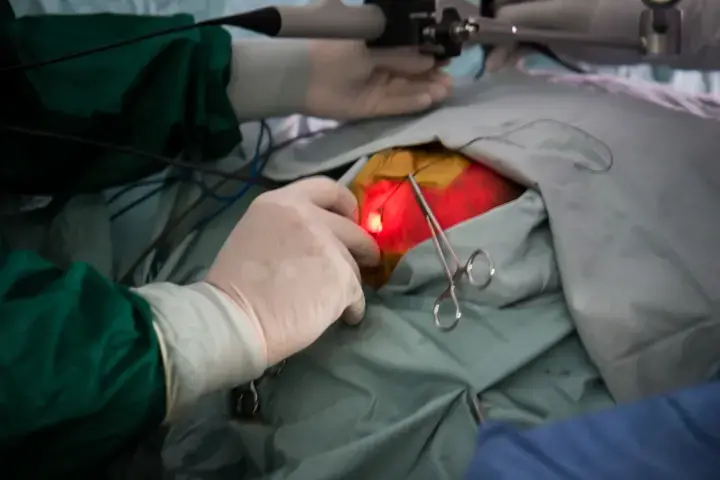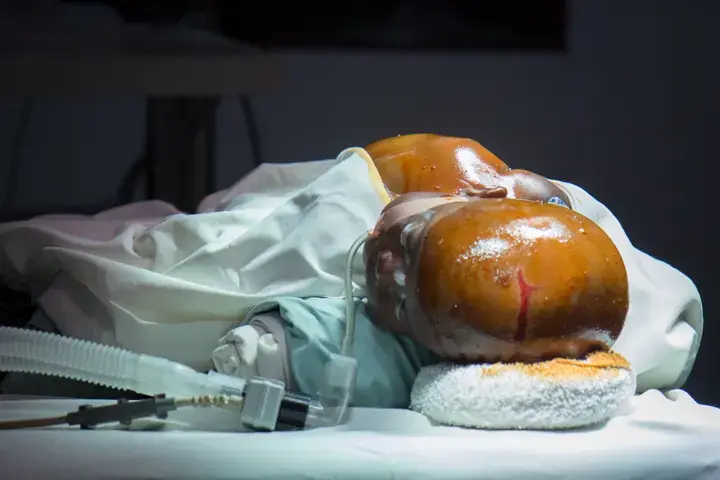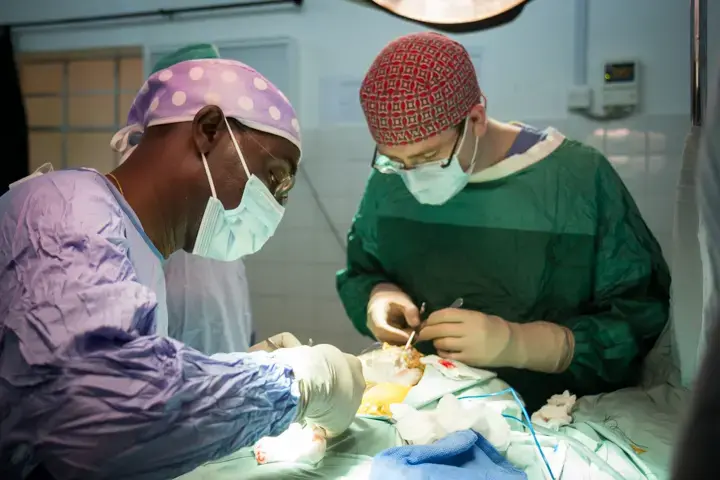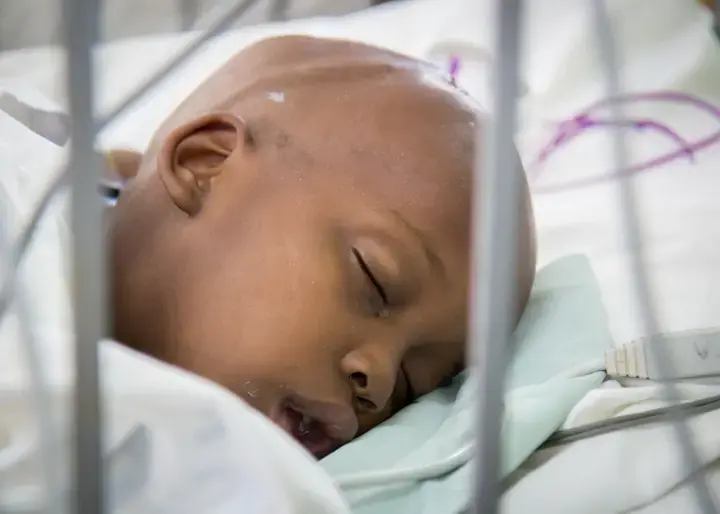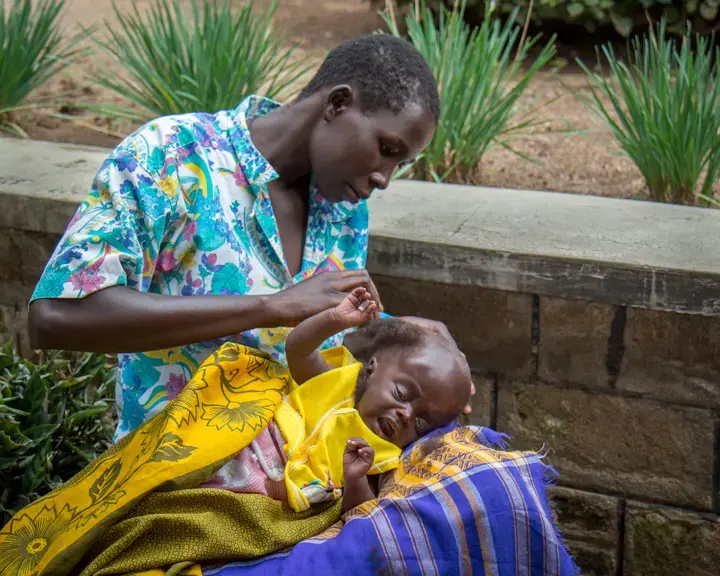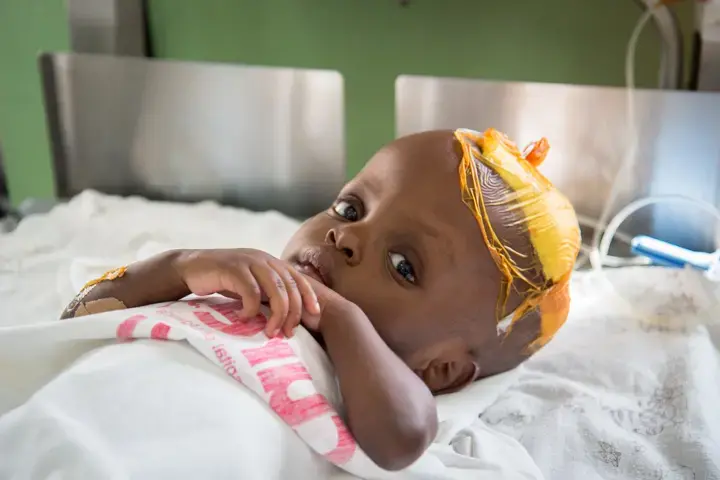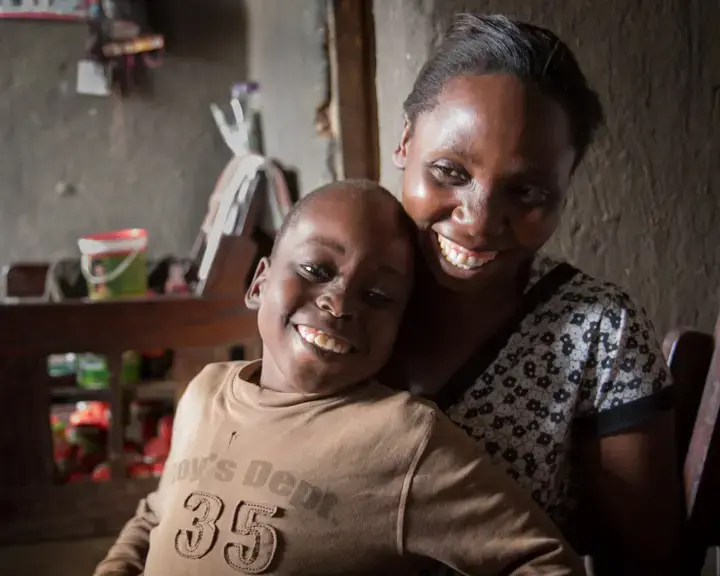When western donors and governments build hospitals and buy medicine for people in the developing world, we often think of it as altruism or a moral obligation. But these kinds of investments can spur innovations that improve the health of people in poor and rich countries alike. When American neurosurgeon Ben Warf went to work at the CURE Children's Hospital in Mbale, Uganda, he was shocked at the number of children who were coming in for treatment for hydrocephalus—a life-threatening accumulation of fluid in the brain that's typically caused by a congenital disorder or an infection. "It was like being in the middle of some sort of epidemic," he said.
At first, Warf treated the condition as he always had in the U.S., by placing a shunt, a plastic tube that drains fluid from the brain into the abdomen. Even in the U.S., however, shunts aren't a perfect solution. They're prone to failure and infection, which in the U.S. means high medical costs and stress for families. But in countries like Uganda, where there's little access to neurosurgical care, such failures can have much more serious consequences. So Warf developed an innovative treatment for hydrocephalus that, when successful, fixes the problem permanently. The technique, called endoscopic third ventriculostomy with choriod plexus cauterization, or ETV/CPC, combined two existing treatments and has shown good results. The hospital, now staffed by Ugandan neurosurgeons trained by Warf, treats hydrocephalus primarily with ETV/CPC, except when patients have brain scarring that makes the surgery impossible.
ETV/CPC is increasingly being used all over the world. Neurosurgeons from Africa, the U.S., Asia and elsewhere come to the hospital in Mbale to learn the technique. And it's being done at several hospitals in the U.S., including Boston Children's Hospital where Warf now works.


